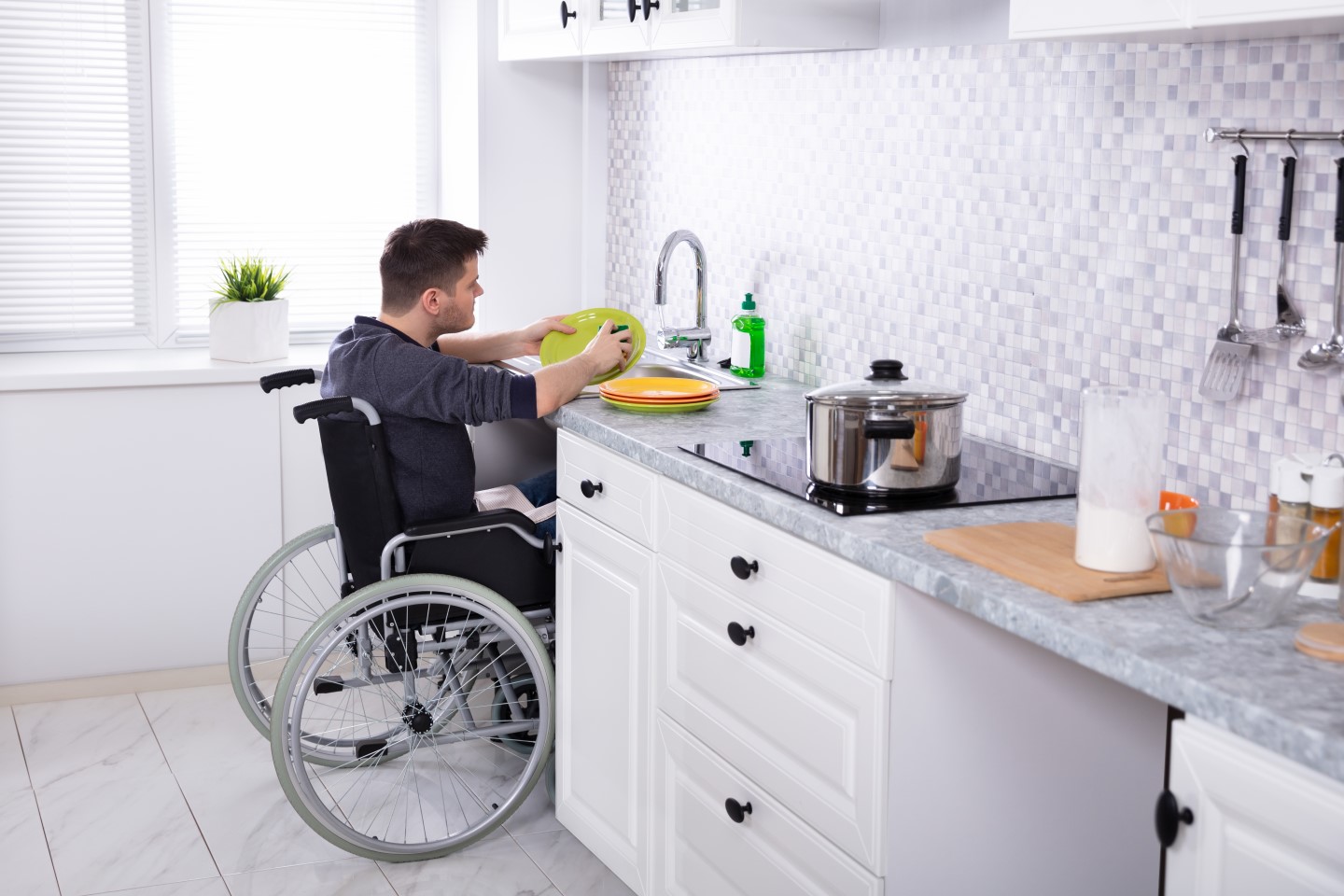
People with significant disability are often forced to live in conditions that would be untenable to others.
They have no choice.
The limited options available often mean they can’t live with their families, they can’t choose who they live with and they are often subject to the routines and choices of others.
Even in group homes, they are, in essence and, despite the very best efforts of their providers (supported independent living or SIL providers), living in an institutionalised setting.
This is not because SIL providers have decided this is what is best for them.
This is because group homes are often the best option SIL providers have given the size of the person’s NDIS plan.
Which makes specialist disability accommodation (SDA) just so exciting.
SDA is a form of NDIS capital funding for specialist housing that caters for people with a high level of disability.
It makes funding available to eligible participants, who can then source their accommodation from the open market.
The idea is beautiful in its simplicity – by giving each participant control over who the funding is spent with, it harnesses the market to deliver accommodation that truly meets their needs.
Theoretically, each participant should have genuine choice about how they live, where they live and who they live with – probably for the first time in their lives.
What makes it attractive to investors is that “rent” is benchmarked against the costs of developing and maintaining this type of accommodation across a 20-year time frame.
There is also minimal credit risk, a limited supply and the opportunity to scale.
These characteristics compare very favourably with other property sectors (office and retail) and it is predicted the scheme will generate about $5 billion in private investment.
SDA will result in an improved quality of life for most of its participants (given where they currently reside) and good returns for many investors.
However, I am cynical about the likelihood of SDA delivering true choice to people with disability.
That is, the type of choice that would enable families to stay together, couples to live together, housing in attractive, locations, with a SIL provider of choice.
The reason for this is not a lack of desire on the part of the disability sector. Rather, it is driven by the NDIS funding mechanism for SIL providers.
To break even on all but the largest NDIS plans, SIL providers need to be supporting a minimum of four people in a home, in the Perth metropolitan area.
What this means in practice is that, while a participant could theoretically ‘choose’ to live in an SDA house with their family, or in a rural area, or in some other circumstance that meets their needs, they’ll struggle to find an SIL provider which can support them because the SIL funding just is not there.
My bet is that, if things don’t change, most SDA participants are still going to be living in some form of group home in Perth with some (but still very limited) choice about who they live with and who provides their care.
SDA is an extraordinary program and it has so much promise, both for people with disability and investors.
However, its success must be measured by its ability to deliver genuine choice and self-determination for people with disability and this cannot be delivered without a ‘holistic’ funding mechanism, which thinks about care and services not just accommodation.
The latest round of brutal cuts to NDIS plans by the NDIA suggests this is unlikely to happen any time soon.
The rationale provided for these cuts is hotly debated but the fact remains SDA will, at an exorbitant cost, achieve little if SIL provision cannot be made sustainable.
• Amber Crosthwaite is a commercial lawyer specialising in seniors living, aged care and disability








